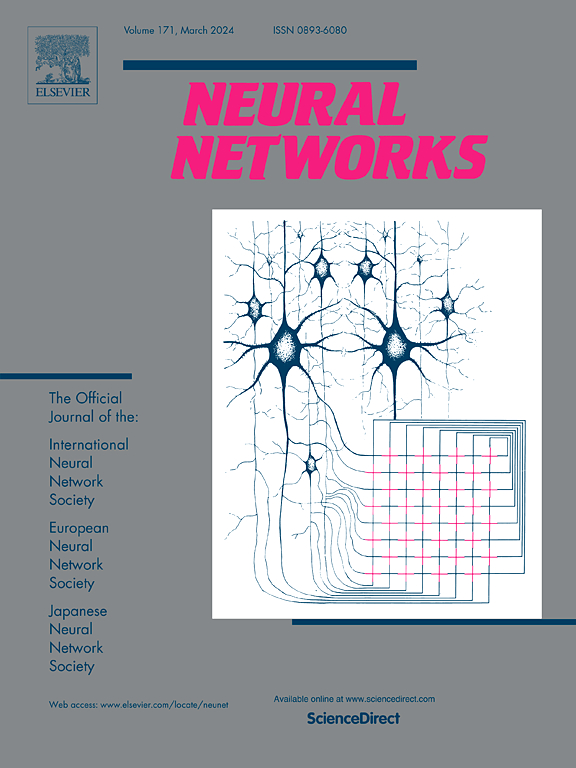GradToken: Decoupling tokens with class-aware gradient for visual explanation of Transformer network
IF 6
1区 计算机科学
Q1 COMPUTER SCIENCE, ARTIFICIAL INTELLIGENCE
引用次数: 0
Abstract
Transformer networks have been widely used in the fields of computer vision, natural language processing, graph-structured data analysis, etc. Subsequently, explanations of Transformer play a key role in helping humans understand and analyze its decision-making and working mechanism, thereby improving the trustworthiness in its real-world applications. However, it is difficult to apply the existing explanation methods for convolutional neural networks to Transformer networks, due to the significant differences between their structures. How to design a specific and effective explanation method for Transformer poses a challenge in the explanation area. To address this challenge, we first analyze the semantic coupling problem of attention weight matrices in Transformer, which puts obstacles in providing distinctive explanations for different categories of targets. Then, we propose a gradient-decoupling-based token relevance method (i.e., GradToken) for the visual explanation of Transformer’s predictions. GradToken exploits the class-aware gradient to decouple the tangled semantics in the class token to the semantics corresponding to each category. GradToken further leverages the relations between the class token and spatial tokens to generate relevance maps. As a result, the visual explanation results generated by GradToken can effectively focus on the regions of selected targets. Extensive quantitative and qualitative experiments are conducted to verify the validity and reliability of the proposed method.
GradToken:用类感知梯度解耦标记,对变形网络进行可视化解释。
变换器网络已被广泛应用于计算机视觉、自然语言处理、图结构数据分析等领域。因此,对变形金刚的解释在帮助人类理解和分析其决策和工作机制方面起着关键作用,从而提高其在实际应用中的可信度。然而,由于卷积神经网络与变形金刚网络在结构上存在显著差异,现有的卷积神经网络解释方法很难应用于变形金刚网络。如何为 Transformer 设计一种具体而有效的解释方法是解释领域的一个难题。为了应对这一挑战,我们首先分析了 Transformer 中注意力权重矩阵的语义耦合问题,这一问题为针对不同类别的目标提供独特的解释设置了障碍。然后,我们提出了一种基于梯度解耦的标记相关性方法(即 GradToken),用于 Transformer 预测的视觉解释。GradToken 利用类别感知梯度,将类别标记中纠缠不清的语义与每个类别对应的语义解耦。GradToken 进一步利用类别标记和空间标记之间的关系生成相关性地图。因此,GradToken 生成的可视化解释结果可以有效地聚焦于选定目标的区域。为了验证所提方法的有效性和可靠性,我们进行了广泛的定量和定性实验。
本文章由计算机程序翻译,如有差异,请以英文原文为准。
求助全文
约1分钟内获得全文
求助全文
来源期刊

Neural Networks
工程技术-计算机:人工智能
CiteScore
13.90
自引率
7.70%
发文量
425
审稿时长
67 days
期刊介绍:
Neural Networks is a platform that aims to foster an international community of scholars and practitioners interested in neural networks, deep learning, and other approaches to artificial intelligence and machine learning. Our journal invites submissions covering various aspects of neural networks research, from computational neuroscience and cognitive modeling to mathematical analyses and engineering applications. By providing a forum for interdisciplinary discussions between biology and technology, we aim to encourage the development of biologically-inspired artificial intelligence.
 求助内容:
求助内容: 应助结果提醒方式:
应助结果提醒方式:


